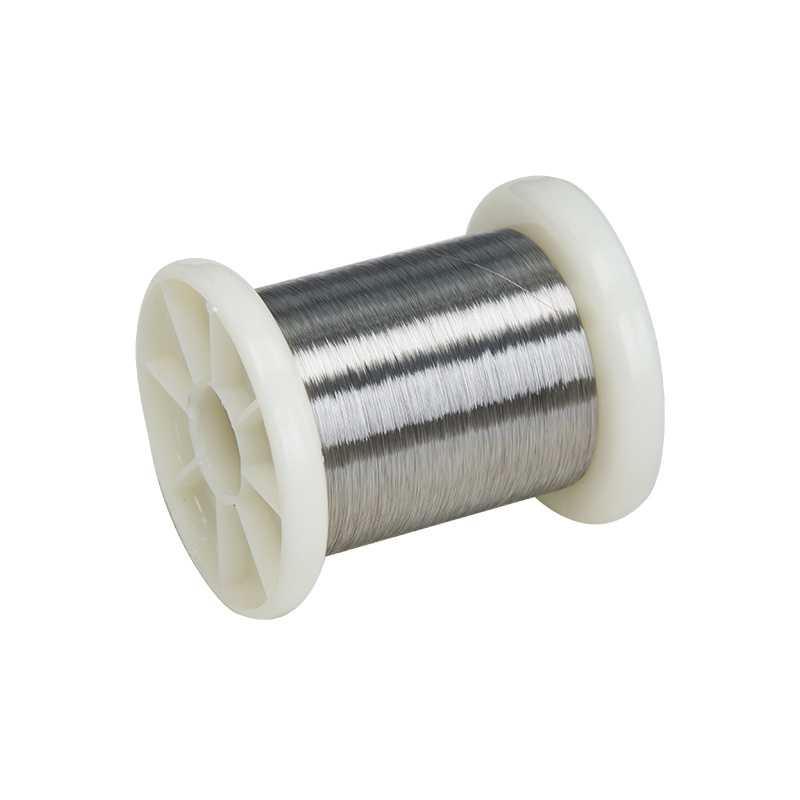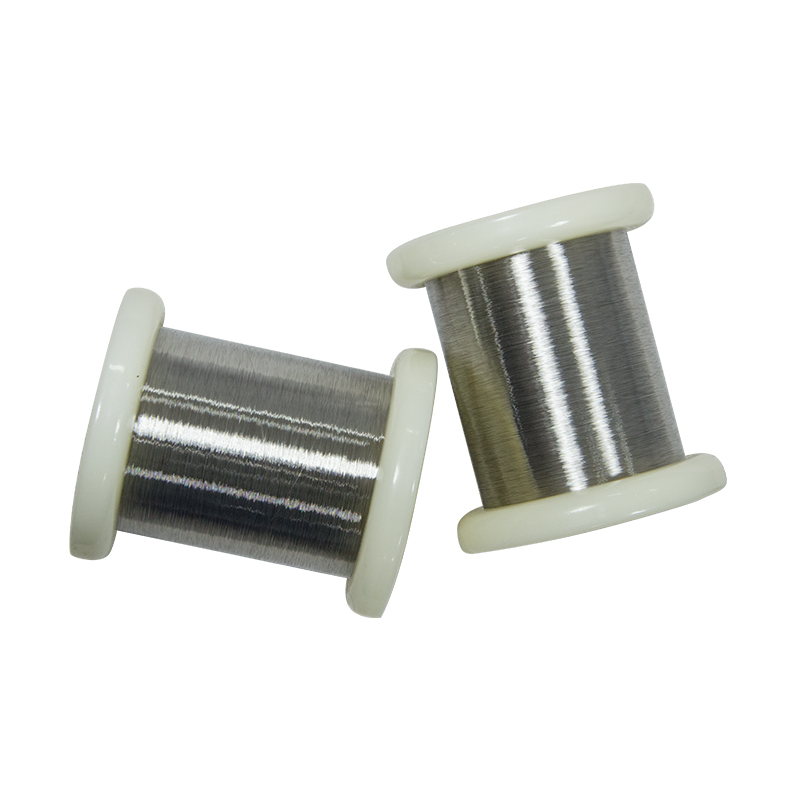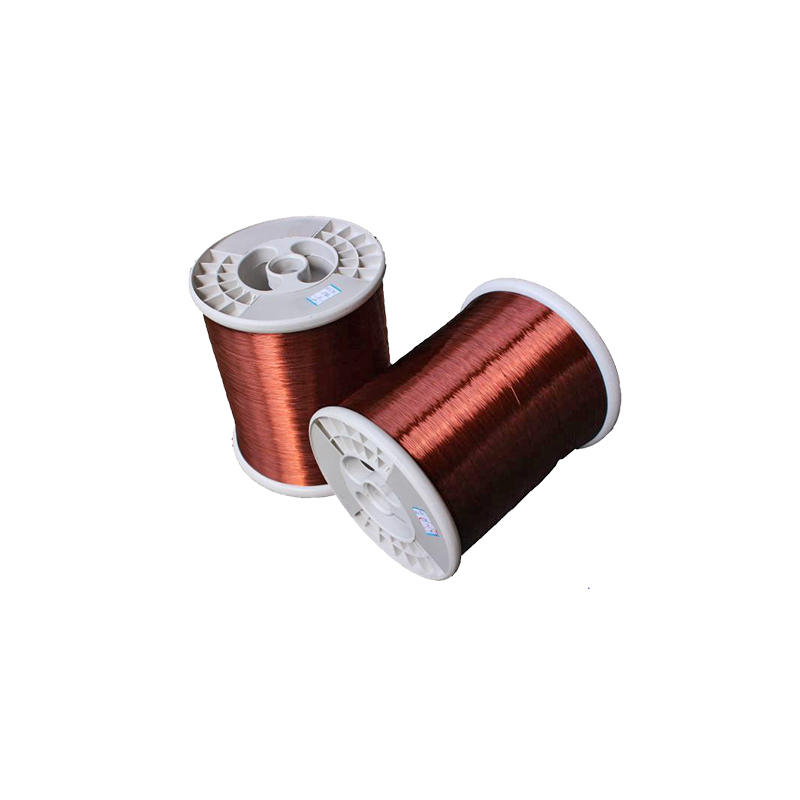Nicr20alsi with Good Ppm Value Karma Alloy Wire
Karma size
Wire: 0.01mm-10mm
Ribbon: 0.05*0.2mm-2.0*6.0mm
Strip: 0.5*5.0mm-5.0*250mm
3.Karma Property
| name | code | Main Composition (%) | Standard | |||
| Cr | Al | Fe | Ni | |||
| Karma | 6J22 | 19~21 | 2.5~3.2 | 2.0~3.0 | bal. | JB/T 5328 |
| Name | Code | (20ºC) Resistivity (μΩ.m) |
(20ºC) Temp. Coeff.Of Resistance (αX10-6/ºC) |
(0~100ºC) ThermalEMF vs.Copper (μv/ºC) |
Max.working Temp.(ºC) |
(%) Elongation |
(N/mm2) Tensile Strength |
Standard |
| Karma | 6J22 | 1.33±0.07 | ≤±20 | ≤2.5 | ≤300 | >7 | ≥780 | JB/T 5328 |
4. Distinctive features of Karma resistance wire
1) Starting with Nickel Chromium electric heat wire Class 1, we replaced some of the Ni with Al and other elements, and thus achieved a precision resistance material with improved resistance temperature coefficient and heat electromotive force against copper.
With the addition of Al, we have succeeded in making volume resistivity 1.2 times greater
than Nickel Chromium electric heat wire Class 1 and the tensile strength 1.3 times greater.
2) The secondary temperature coefficient β of Karmalloy wire KMW is very small, - 0.03 × 10-6/ K2,
and the resistance temperature curve turns out to be almost a straight line within a wide temperature range.
Therefore, the temperature coefficient is set to be the average temperature coefficient between 23 ~ 53 °C, but 1 × 10-6/K, the average temperature coefficient between 0 ~ 100 °C, also may
be adopted for the temperature coefficient.
3) Electromotive force against copper between 1 ~ 100 °C is also small, below + 2 μV/K, and exhibits excellent stability over a period of many years.
4) If this is to be used as a precision resistance material, low temperature heat treatment is required to eliminate processing distortions just as in the case of Manganin wire CMW.













